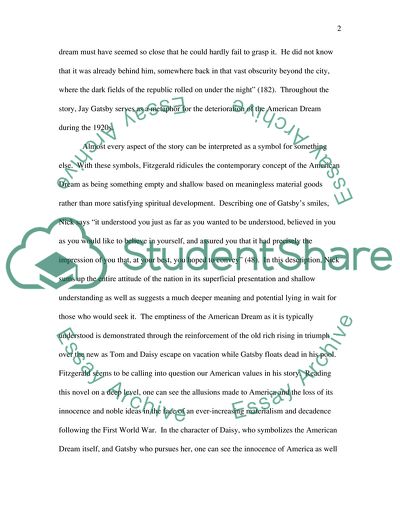Cite this document
(The Great Gatsby by F. Scott Fitzgerald Book Report/Review, n.d.)
The Great Gatsby by F. Scott Fitzgerald Book Report/Review. https://studentshare.org/literature/1728253-the-great-gatsby
The Great Gatsby by F. Scott Fitzgerald Book Report/Review. https://studentshare.org/literature/1728253-the-great-gatsby
(The Great Gatsby by F. Scott Fitzgerald Book Report/Review)
The Great Gatsby by F. Scott Fitzgerald Book Report/Review. https://studentshare.org/literature/1728253-the-great-gatsby.
The Great Gatsby by F. Scott Fitzgerald Book Report/Review. https://studentshare.org/literature/1728253-the-great-gatsby.
“The Great Gatsby by F. Scott Fitzgerald Book Report/Review”. https://studentshare.org/literature/1728253-the-great-gatsby.


